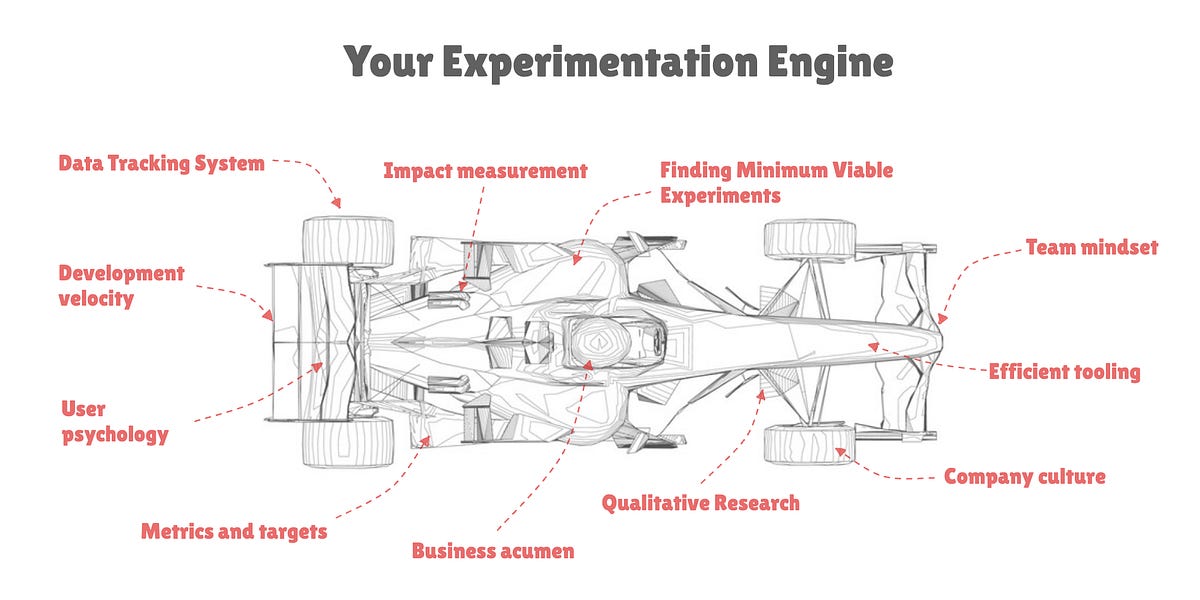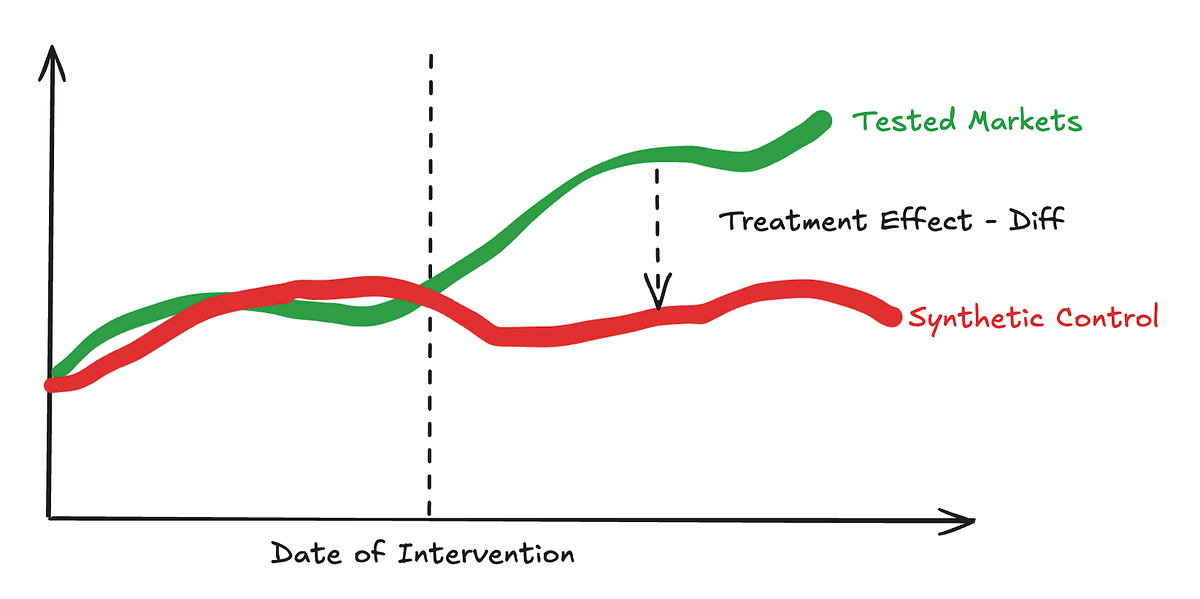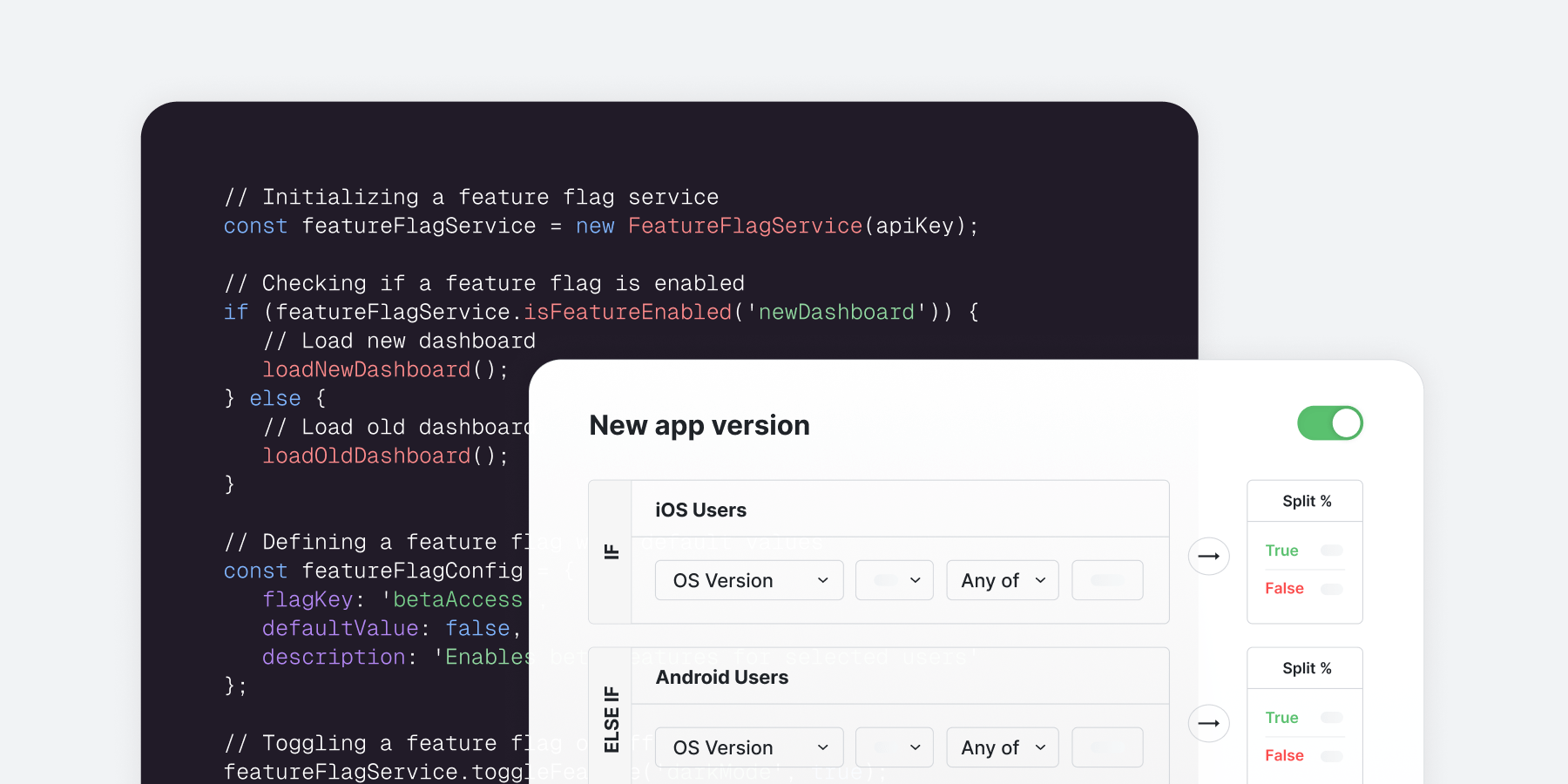A guide to using four causal analysis techniques to measure the contribution of product features and marketing initiatives to key business metrics and KPIs. Covers experimental design, quasi-experimental methods, propensity scoring, and causal graphs to establish causality and quantify feature impact.
Experimentation & Causal Inference
6 resources in this subcategory
Topics in Experimentation & Causal Inference:
This article discusses the importance of measuring incrementality and causal impact in marketing campaigns, rather than relying solely on ROAS. It covers methods like geo-split tests, hold-out audiences, and ghost ads to establish true lift and isolate the causal effect of marketing investments.
Build your experimentation system to get new insights at a fast pace. Kickstart the compounding effect that will generate long term business outcomes and customer value.
How WeTransfer used a Growth Model to predict marketing ROI and identify biggest revenue opportunities
Business UnderstandingThis article provides an in-depth look at how WeTransfer leveraged a custom growth model to predict marketing ROI and identify their biggest revenue opportunities. It covers the process of building the growth model, how it was used by the product and marketing teams, and the key insights and results that were uncovered.
Using Causal Inference for Measuring Marketing Impact: How BBC Studios Utilises Geo Holdouts and…
Analyst Skill StackThis article discusses how BBC Studios utilizes geo holdouts and causal inference techniques like Propensity Score Analysis (PSA) to accurately measure the marketing impact of their campaigns. It provides a detailed overview of the methodologies and challenges involved in conducting rigorous lift tests to establish causality.
A comprehensive guide on designing and implementing an in-house feature flagging and A/B testing platform for managing product rollouts, experiments, and user segmentation at scale.





